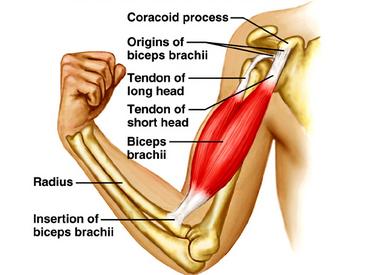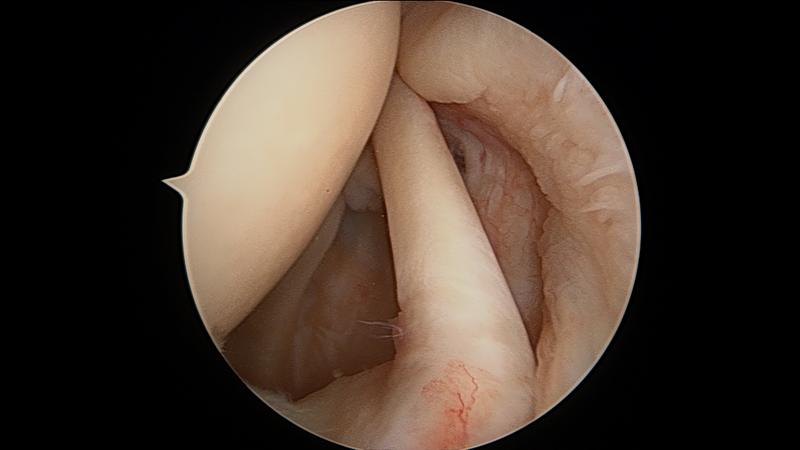Sam Akhavan, MD
Pittsburgh Orthopaedic Sports Medicine Doctor
Arthroscopy Surgeon for Knee & Shoulder Surgery, Pain and Injuries
SHOULDER
ARTHROSCOPY
SURGEON
KNEE
ARTHROSCOPY
SURGEON
Biceps Problems
The biceps muscle in the shoulder divides into two tendons. The short head of the biceps inserts on the coracoid, a bony prominence of the scapula (the shoulder blade). This tendon rarely is a source of pain and provides a significant portion of the flexion strength of the arm.
The long head of the biceps runs over the top of the humerus (the ball of the shoulder) and inserts on the glenoid (the cup of the shoulder). This tendon can be a significant source of anterior shoulder pain. Tears can occur on the insertion of the biceps on the glenoid. This is called a SLAP tear (Superior Labrum Anterior-to-Posterior Tear). In overhead athletes, these can be repaired with very good success.
In some cases, problems can occur with the biceps tendon itself. These include problems such as tears within the biceps or inflammation surrounding the biceps (tenosynovitis). Initial treatment should include conservative measures such as anti-inflammatories, physical therapy and injections within the biceps sheath.
If all conservative measures fail, surgical intervention can results in excellent pain relief. Two options for injuries to the biceps include a biceps tenotomy (cutting of the biceps tendon) and biceps tenodesis (cutting the tendon and reattaching to the humeral head of the shoulder).
Biceps tenotomy provides excellent pain relief in most patients. The biceps tendon is cut near its insertion on the glenoid and allowed to retract. In most cases, the tendon will scar up in the shoulder with no further problems. Occasionally, the tendon will fall down resulting in a "popeye" deformity and cramping within the muscle
In order to avoid some of the complications associated with a tenotomy, a tenodesis can be performed. In this procedure, the biceps is cut from the glenoid (the cup of the shoulder) and reinserted onto the humerus. This procedure is performed arthroscopically and takes about 45 minutes. It is outpatient surgery and has a quick recovery (several weeks).
A video of a biceps tenodesis performed by Dr. Akhavan
Diagram of the biceps tendons. Notice the two heads of the tendon. The long head of the biceps most often is the cause of biceps pathology and pain
An arthroscopic view of the biceps


